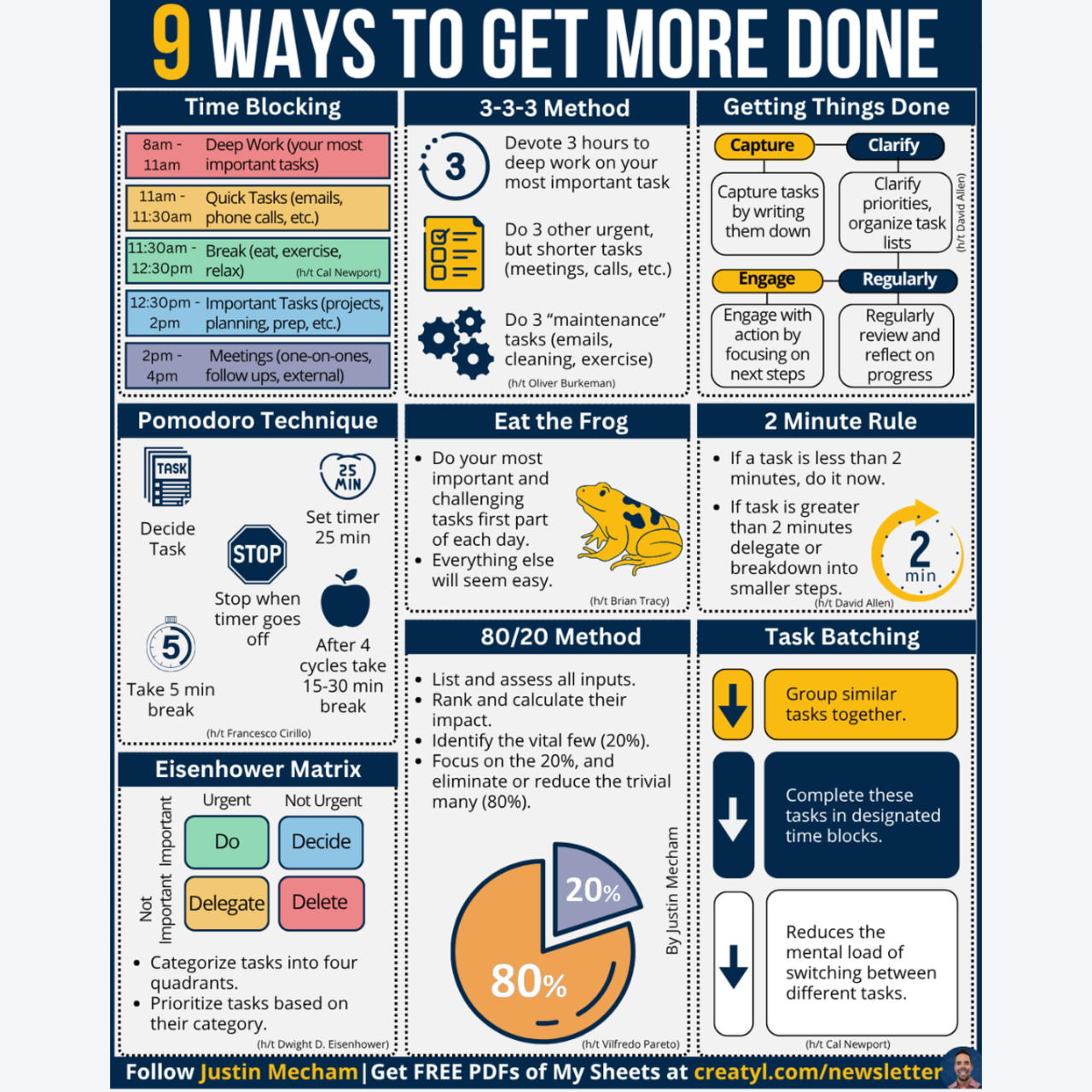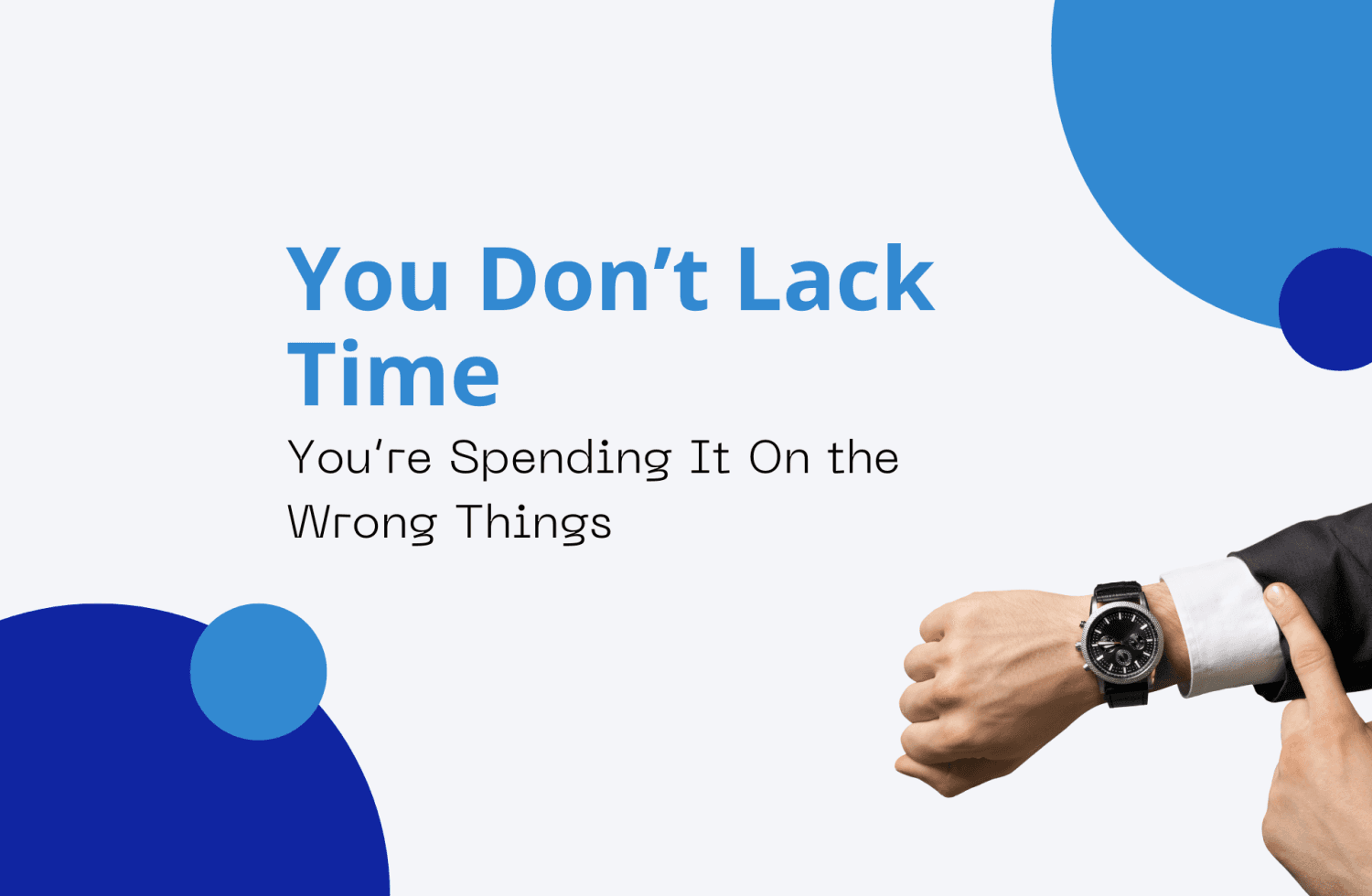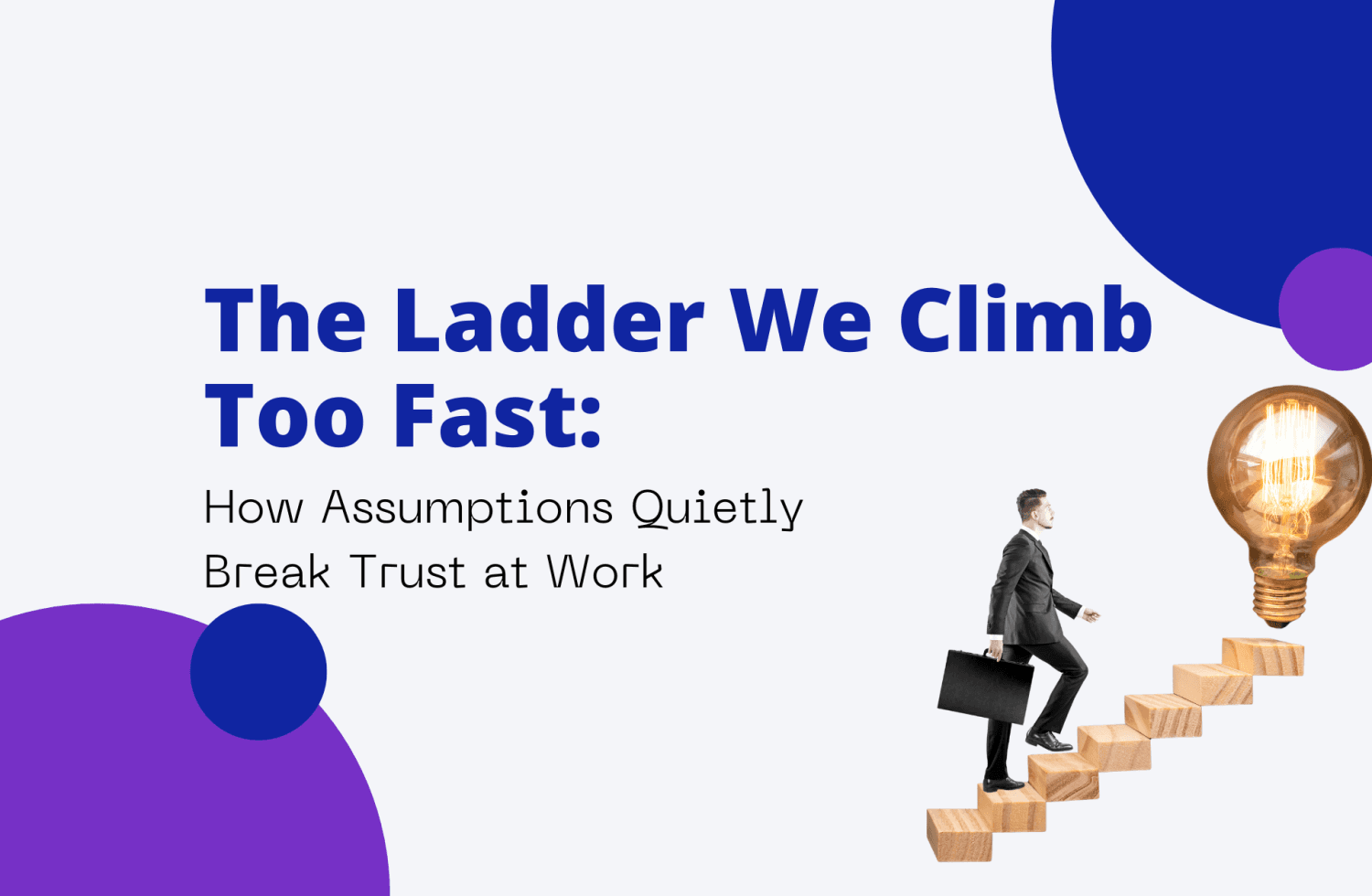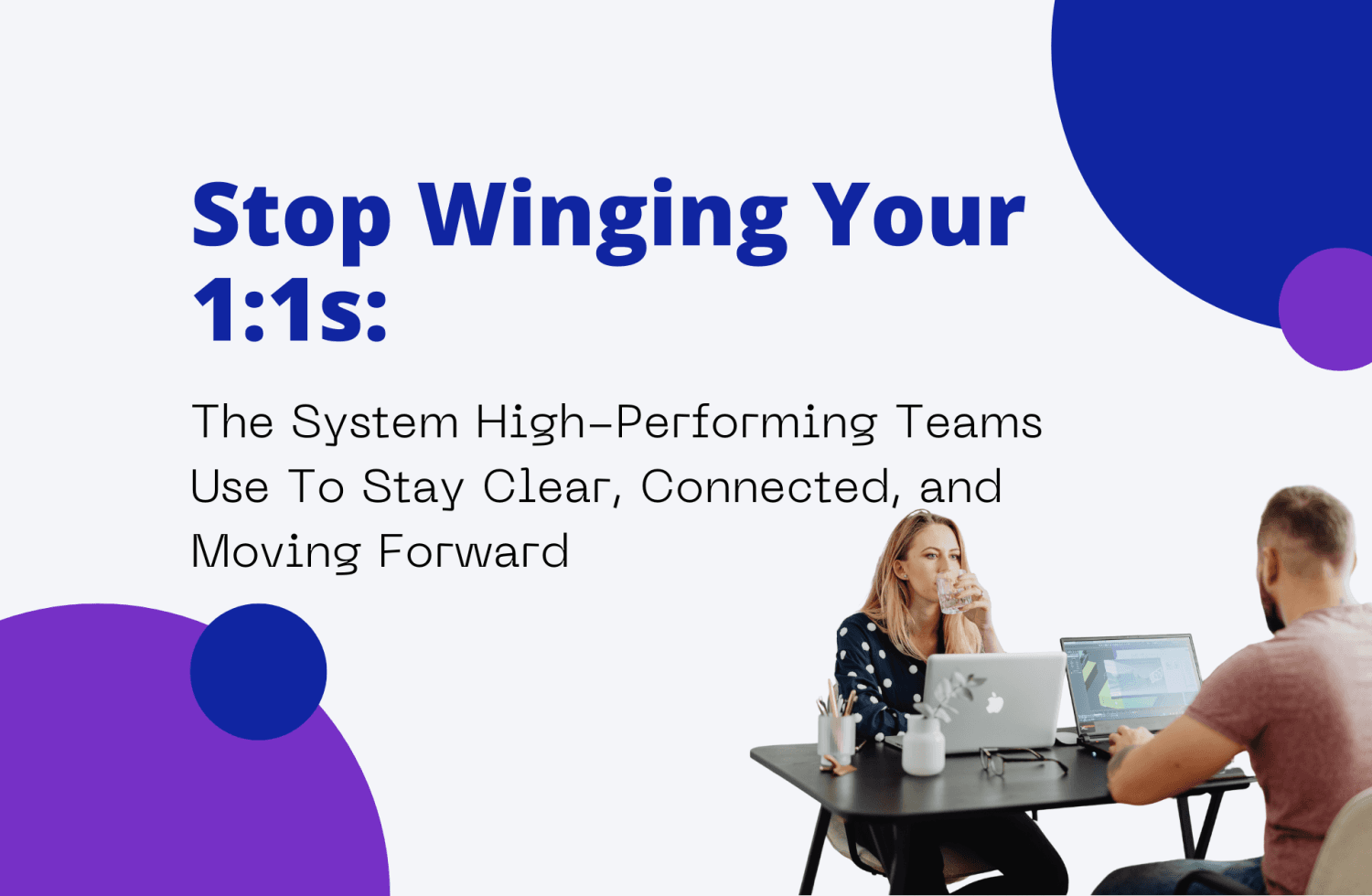Do You Want Today's PDF? Click Here
Let’s get real.
You’re probably not out of time.
You’re out of focus.
We’ve all said it:
“I just need more hours in the day.”
But time isn’t the issue. You get 24 hours—just like everyone else.
The real question isn’t “Do I have enough time?”
It’s “What’s actually winning my attention?”
Most people aren’t overwhelmed because they’re lazy or unorganized.
They’re overwhelmed because their energy is split, their priorities are blurry, and their calendars are built around the urgent—not the important.
The problem isn’t how much we’re doing.
It’s how little of it actually moves us forward.
Let’s Talk About Focus
We live in a world that celebrates being busy.
The more packed your schedule, the more productive you must be—right?
Not really.
Busyness can feel like momentum, but it often hides the fact that we’re running in circles.
You can spend a full day answering messages, sitting in meetings, and checking boxes—and still not finish the one task that would actually make a difference.
That’s the hidden cost of distraction.
It steals your clarity.
And when clarity disappears, so does progress.
Because when everything feels urgent, nothing truly important gets done.
What a Focus Problem Looks Like in Real Life
A while back, I was brought in to work with a startup team that was struggling to hit their product deadlines.
From the outside, they looked high-functioning. They had the tools, the team, the work ethic. They were busy every single day. But nothing critical was getting finished.
They were missing release cycles, revisiting old decisions, and getting pulled into too many internal conversations.
When I sat in on their workdays, the problem became obvious.
They were spending most of their time responding—to pings, emails, follow-ups, and meetings.
What they weren’t doing was protecting any time for deep work.
They were always moving. But they weren’t moving the needle.
Their issue wasn’t motivation.
It was rhythm.
They didn’t have a system that protected their energy, focused their priorities, and gave structure to their day.
So I introduced one.
What We Changed—and How It Worked
The fix wasn’t flashy.
We didn’t need a new app, or a color-coded planner, or a fancy dashboard.
What we needed was a rhythm—a way to approach each day with structure, purpose, and repeatable focus.
Here’s what that rhythm looked like in practice:
In the early morning (8–11am), we made space for deep, uninterrupted work.
That meant no meetings, no notifications, no multitasking.
This was the window for the most important project work—the stuff that required thought, creativity, and real brainpower.
They used the Eat the Frog method here—doing their hardest, most meaningful task first.
From 11am to 1pm, we shifted into lighter focus and active recovery.
This meant doing three important but short tasks, reviewing the day's plan, or catching up on documentation.
We called it the 3-3-3 Method: three deep tasks, three quick wins, three maintenance items.
After a proper break and a reset, 1–2pm became a strategic work block.
We prioritized anything that was directly tied to progress—work that fell into the 20% that truly drives results.
The focus here wasn’t on finishing everything, but finishing the right thing.
Next, 2–3pm became the admin and cleanup block.
This is when they batch-processed emails, DMs, and any task that took under two minutes.
Instead of interrupting their day with microtasks, they gathered them here and handled them efficiently.
Then from 3–4pm, we set aside time for meetings and collaboration.
This included 1:1s, standups, client syncs—anything that required being “on” with others.
The Eisenhower Matrix helped filter what needed to happen live, what could be delegated, and what could be deleted.
Finally, at 4–4:30pm, the team used a GTD-style review process.
What did I finish today?
What’s still open?
What’s my one task for tomorrow morning?
This reset kept people from dragging unfinished work into the evening—and gave them a clean start for the next day.
What Actually Changed
The first thing that shifted was the energy.
When people stopped starting their day with messages and distractions, their stress levels dropped.
They had more time to think. More space to build. More confidence that they were working on the right things.
After two weeks, their biggest product initiative—one that had been stalled for over a month—was back on schedule.
Their meetings were shorter.
Their decisions got clearer.
And their best people stopped feeling like they were drowning in motion with nothing to show for it.
They weren’t out of time.
They just needed a new way to use it.
Want to Build Your Own Rhythm?
You don’t need every tool.
You need one rhythm that works—and the discipline to repeat it.
Start by asking yourself:
- What time of day do I do my best thinking?
- What tasks deserve that energy?
- What can wait until later—or not happen at all?
- How often am I checking messages just to feel busy?
Then build your day around those answers.
You can’t control everything. But you can control what gets your best hours.
Want a Shortcut? Start with These Tools
Here are three powerful resources to help you go deeper on everything we’ve talked about:
Book: Atomic Habits by James Clear
This mega-bestseller (nearly 20 million copies sold) breaks down how tiny changes lead to big results.
Clear explains how habits are built—using simple loops of cue, craving, response, and reward—and how to rewire them to support focus, structure, and consistency.
It’s clear, actionable, and loaded with ideas you can use right away.
Readers love it because it doesn’t just inspire—it works.
You’ll walk away with a better understanding of how to build habits that stick.
TED Talk: Forget Multitasking, Try Monotasking
This short, smart talk flips the script on how we think about productivity.
Instead of trying to do more at once, it makes the case for doing one thing at a time—and doing it well.
It fits perfectly with deep work principles and is a great reminder that focus is a choice, not a personality trait.
It’s short, sharp, and incredibly relatable.
Podcast: The Focused Podcast by David Sparks and Mike Schmitz
A thoughtful show that explores how to do meaningful work without falling into the trap of overwork.
They cover everything from time blocking and digital minimalism to real stories of people reclaiming control of their day.
It’s practical, honest, and easy to listen to.
Perfect for your next morning walk or commute.
Your Attention Shapes Your Results
Most people don’t need to work harder.
They just need to stop giving their best hours to the wrong things.
Your calendar already shows what matters to you—whether or not you mean for it to.
And the things that win your attention today will shape your outcomes tomorrow.
Productivity isn’t about doing everything.
It’s about doing what matters, on purpose, over and over, until it builds something real.
That’s how things change.
That’s how you make progress that lasts.
Want to Keep This Handy?
If you want a simple reminder of everything we just covered, I’ve put it all into one clear, easy-to-use infographic.
You can download the PDF version here:
Print it. Save it. Share it with your team.
Use it as your daily guide to stay focused and stop wasting time on the wrong work.
Because the best time to get serious about how you use your time—is right now.




